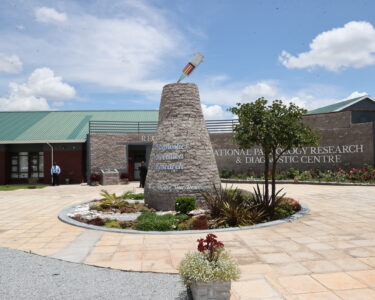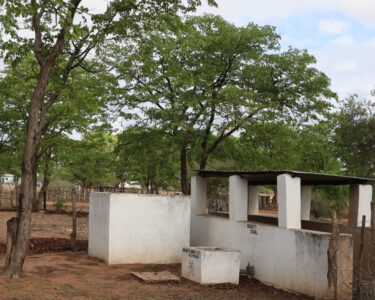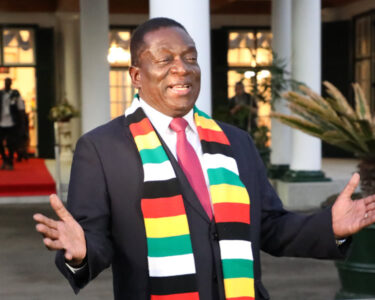… And the father is buoyant
“One faithful witness is worth a thousand mute professors of religion.” This was Billy Graham, the late world-famous American tele-evangelist, exhorting his followers to go out and witness for Jesus. “Our faith grows by expression,” he told them. “We must share it – we must witness.”
I am one such faithful witness.
Decency, however, demands that one does not blow his own horns. But may decency pardon me for once and allow me to blow my own horns for a wee hour today. For, what I have seen with my two old eyes, travelling for the past 7 months up and down Zimbabwe, needs to be expressed and shared. “Our faith grows by expression”, Billy Graham told his worldwide congregations. May your faith in Zimbabwe grow by my expression of what I have seen.
And here comes the horn-blowing – if for nothing else, it should establish my bona fides. I have been a journalist and editor for the past 43 years – for as long as dear Zimbabwe has been an independent country. Zimbabwe and I – what commonalities don’t we have, even though my birthplace and nationality belong 7,000 km away – in Kwame Nkrumah’s country.
In all those 43 years (and I say this with my hand on my heart), I have never ever sought to mislead my readers. Never once! I fight a good fight for African causes, one of which has been Zimbabwe. I know that sometimes I fight too hard, but I have always stood for the truth no matter whose ox was gored. So I don’t seek to mislead you in this piece.
Therefore, if I say here that, based on what I have seen in 7 months of intensive travelling through the nooks and crannies of Zimbabwe, that this country which has suffered severe economic woes since the West imposed sanctions on it 23 years ago, is like a pregnant woman about to give birth (only this time to a series of nonuplets of development), you must please believe me. Zimbabwe is pregnant with development (I dare repeat), and, with a bit of patience and midwifery, the babies will pop out pretty soon.
I have had the good fortune of being a member of a Brick by Brick team of editors who has been travelling all over Zimbabwe to see what the Second Republican government, headed by President Emmerson Mnangagwa, has achieved in its first term. Only a few Zimbabweans may know their country as I have known it in the past 7 months, believe me.
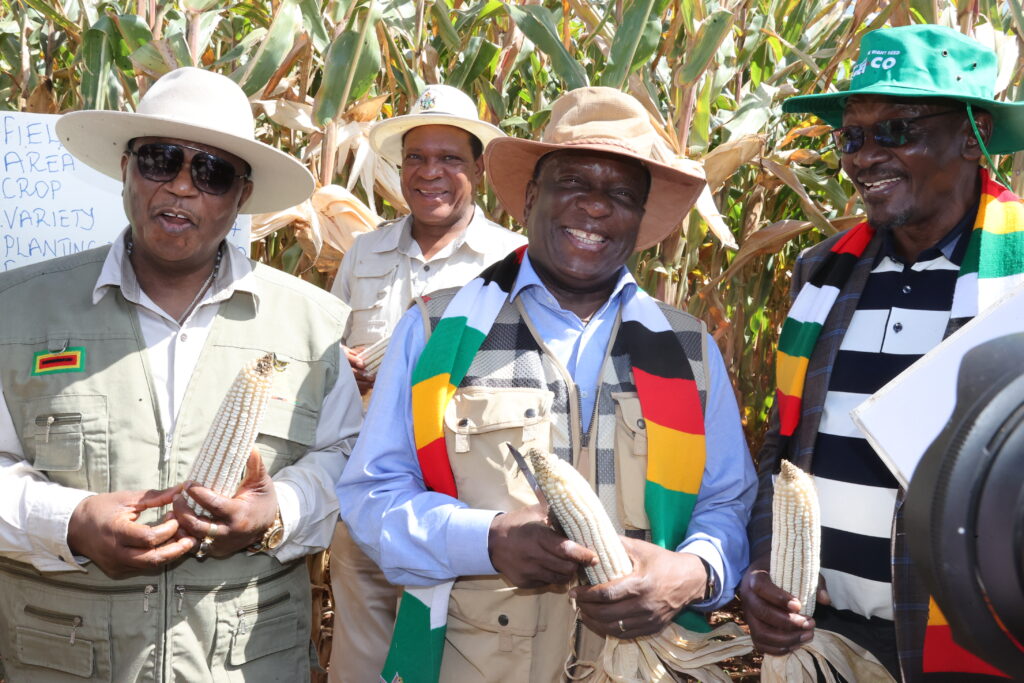
I have been covering Zimbabwe intimately for 21 years now. As editor of the London-based New African magazine, I used to travel down from London to cover Zimbabwe and go back, sometimes three times a year. So I knew the country fairly well before the intensive travelling of the past 7 months – which has afforded me the opportunity to see the country at closer range, including its outback. Like Australia, Zimbabwe also has an outback which can only be seen by intrepid travellers like we have been in the past 7 months.
As a foreigner, it is natural that I come with a pair of fresh eyes that see more than what the locals see. Familiarity robs locals everywhere of the joy of seeing and appreciating the beauty (and sometimes even the resources) of their countries. Zimbabwe is a land of natural beauty – that I can tell with no qualms at all. The beauty takes the breath away, as you drive through the valleys and mountains that God gave to this country. In the rainy season when everything is green, wow, what sight greets you in the hinterlands.
It is, therefore, unfortunate that a large number of Zimbabweans don’t really know their country, and as such they don’t appreciate what a beautiful nation they have. Most of them don’t even know what is happening in their own country, or what has happened under the Second Republic. As such they tend to flatter themselves on the social media by claiming to know what they don’t know. To their eternal shame, they end up putting down their country.
But I have news for such people. I have been to all the 10 provinces of Zimbabwe in the past 7 months, investigaing the government’s “Zimbabwe is open for business” policy, and the “leaving no one and no place behind” policy. As part of the Brick by Brick team, we have been looking at what has actually happened on the ground, and what is still happening on the ground.
And what I have seen is beyond impressive. I won’t say everything has been hunky-dory. No, there is still more to do. But if you live in Harare, Bulawayo, Mutare, Masvingo and the other provincial capitals and towns, and you don’t go out to see for yourself what is happening, you tend to say nothing has happened or is happening. You look at the potholed streets that lead to your house, you shake your head, and say “pakaipa, what has this government done?”
But I have gone beyond the potholed streets and seen what the government has done. And I can report that in the last 5 years your President, Comrade Emmerson Mnangagwa, and his government have done such a wonderful job beyond the potholed streets, developing this country in all sectors – and I mean all sectors – including roads, electricity (Hwange Units 7 and 8 is a marvel), dams, schools, hospitals, clinics, irrigation faciliti
es, etc. And all this is spread throughout the country. No wonder, we are now hearing the moniker, “Government of Development”.
Commenting on the infrastructural development in his newspaper column on 5 March 2023, President Mnangagwa explained that: “Much of the social infrastructure have been built under the devolution programme, making them nationwide in spread.” And that is exactly what I have seen travelling around the country. The new development is spread nationwide, in a country that has been under US, Britain and EU economic sanctions for the greater part of the last 23 years.
Private players
What’s more? By providing a conducive environment for doing business, the government has also attracted big-time private players (both local and foreign) who have brought their golden pots to bear on the mining, agriculture, and the other sectors of the country.
So, all things being equal, in the next 5 to 10 years, when all the projects now in gestation (both government and private) come to fruition, Zimbabwe will be something else! I have seen it, so believe me.
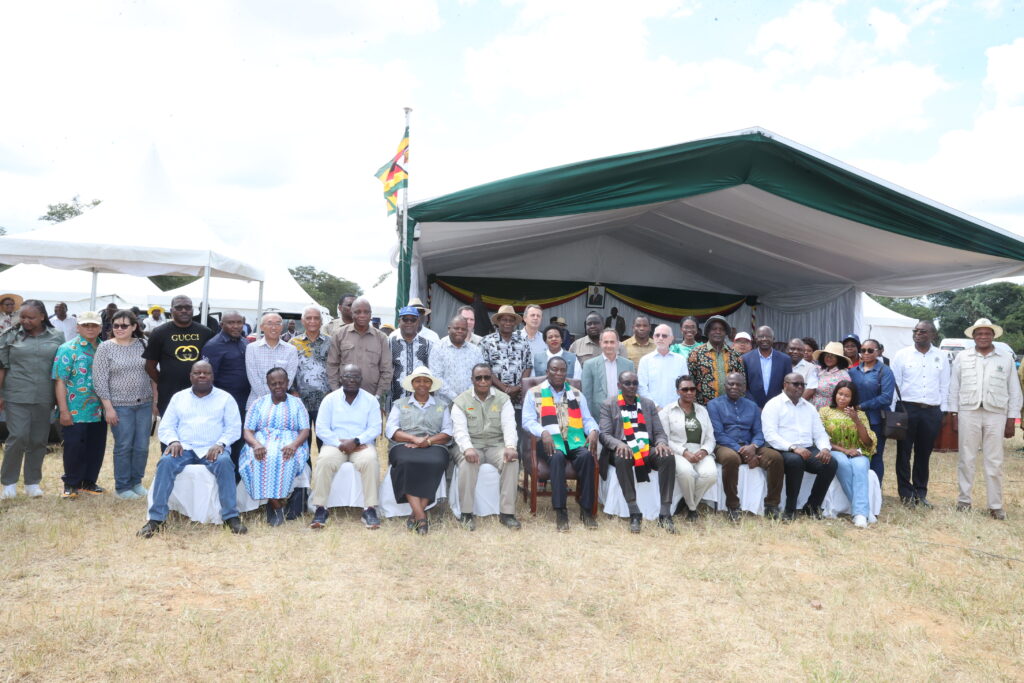
In fact, my ambassador in Harare, His Excellency Alexander Grant Ntrakwa, from Kwame Nkrumah’s country, bowled over by what is happening in this country thinks that “Zimbabwe will soon become the China of Africa, doing things by itself.”
On Saturday 11 March 2023, Ambassador Ntrakwa was one of 57 diplomats who attended a “field day” at President Mnangagwa’s Pricabe farm near Kwekwe, and the Ghanaian was astounded by what he saw. “I wish all African presidents can see and do what President Mnangagwa has done at his farm,” Ambassador Ntrakwa commented.
“I think before presidents are elected in Africa, they must first be asked to show what their philosophy on agriculture is, and what they will do practically on the ground, in agriculture. This President of Zimbabwe has taken agriculture to another level,” the ambassador continued.
Second term
Maybe the ambassador and I are Ghanaians, I don’t know, but when I first travelled on the new Harare-Masvingo-Beitbridge road last August, I was similarly bowled over by what the Second Republic has done to that road. I was so impressed that I mentioned to my colleague travelling with me that this road alone deserves to give President Mnangagwa a second term. And I meant it.
I had known this road intimately for the previous 10 years because my wife comes from Masvingo. And what a hell it used to be. Today, you drive on the same road as if you are flying. We used to take four groaning hours to drive from Harare to Masvingo. Now it takes us two blessed hours and a half. All credit to the Second Republic and its President and government and political party!
Though the road is not completely finished (there are pockets still not yet done), what has already been achieved is enough to earn kudos for President Mnangagwa and his government. If somebody does a good thing, he deserves praise. And President Mnangagwa and his government deserve praise. Just look at the transformation of Beitbridge town and the border post. Amazing is the word.
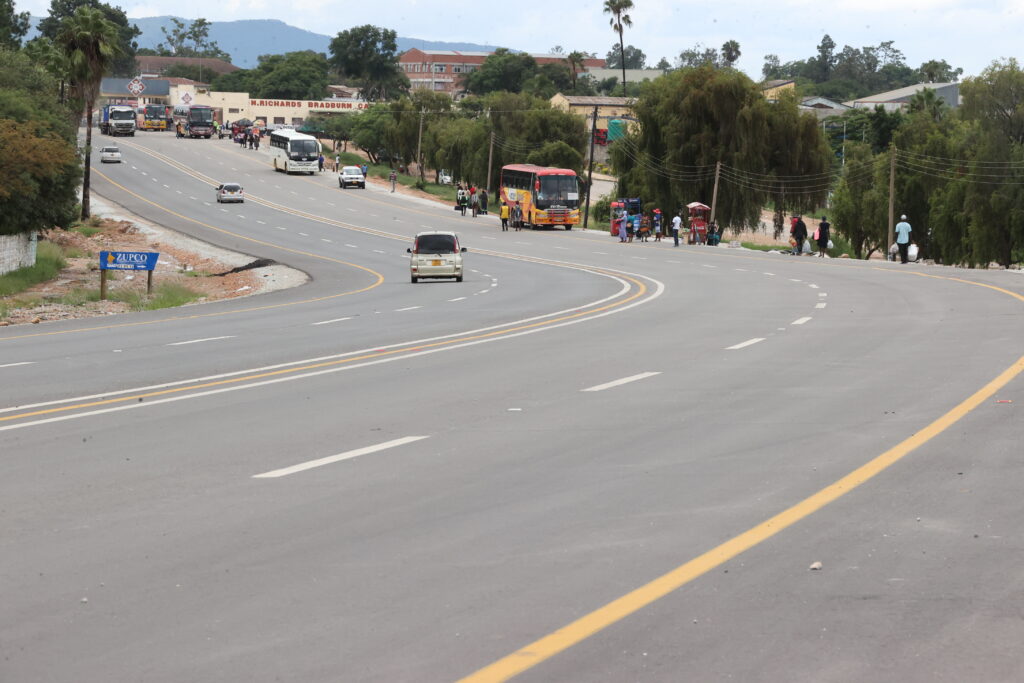
What else have I seen? In agriculture, Zimbabwe brings joy to the African heart. In fact, Zimbabweans and agriculture are like Siamese twins. No, agriculture is in the blood, in the DNA. Now I know that if you put a Zimbabwean on the moon today, tomorrow he will be ploughing the arid spaces to grow his or her maize.
Maize, it brings the demons out of Zimbabweans, I tell you. Just look at Harare and the maize fields everywhere. Zimbabweans have taken urban farming to another level. You don’t see it in most African capitals, certainly not in Ghana where I come from. We are urbanites, not farmers! How can you live in a city and farm like this? It can only happen in Zimbabwe?
Still on agriculture, I have seen President Mnangagwa lead by example – with 500 hectares of maize and 200 hectares of soya beans ready to harvest at his Pricabe farm this year. He told attendees at the “field day” on 11 March that last farming season, he (and his brother who manages the farm) gave the Grain Marketing Board (GMB) a whopping 4,000 metric tons of maize! This year he hopes to beat that figure.
You get tired, ladies and gentlemen, driving around the President’s crop-laden fields. He told the “field day” that every hectare gives him a yield of 12 tonnes of maize. And that is not all. He also has a herd of 2,000 cattle, and a dam full of thousands and thousands of fish. And he still has time to do his onerous presidential duties, receiving people who want to see him even on Sundays – at his farm.
One of his senior officials who farms at Battlefields near Kadoma, who did not do much farming this season because of poor rains in that part of the country (his dam is almost without water this season), also has 60 hectares of soya beans, 50 hectares of maize, and 20 hectares of sunflower ready to harvest. These people mean business, leading by example and not just talking the talk, exhorting others to do it while they take glory in suit and tie. Somebody has said for an African “a tie is a betrayal”, and I agree in toto. But don’t mention it in the corridors of officialdom in Zimbabwe.
‘Whole- of-Nation’ approach
Yes, Zimbabwe is on the move – quietly. Yet amidst all the good news, there is something terribly missing. And it is called “Whole-of-Government” (WoG) approach or, in its expanded form, “Whole-of-Nation” (WoN) approach.
The European Union defines WoG as: “The collaboration between the different public bodies that extends beyond their respective fields of competence with a view to providing the public with a combined response from a single body.”
Other experts say WoG “refers to the joint activities performed by diverse ministries, public administrations and public bodies in order to provide a common solution to particular problems or issues. The approach and content of the initiatives can be formal or informal”.
In effect, WoG “as a concept emphasises the need for greater collaboration and coordination across departmental boundaries to eliminate duplication, optimise resources, create synergies among agencies, and deliver seamless services to citizens and businesses”.
To date, a number of countries around the world have adopted WoG as a central part of public sector reform. And Zimbabwe would do well to look at the concept and adopt it too, especially in its quest to defeat the illegal economic sanctions imposed on it by the West.
It is said that Tony Blair’s government in the UK (May 1997- June 2007) was the first to adopt this operational approach, referring first to it as “Joined-Up-Government” (JG).
“By means of this methodology,” reports Wikipedia, “the [Blair] government tried to overcome the existing problem of departmentalism within the rigid structures of public institutions, hampering the use of existing resources and incentives … Policy reforms implemented within the administration were based on the principle that traditional processes, independent in each government department or public institution, is built according to past reforms, but is also a reflection of past failures.”
According to the historical record, Blair’s government found that “aligning common interests, avoiding task duplications, reducing costs, increasing productivity and achieving a coherent line of action [was the best way of achieving] desired results and stimulating the improvement of vertical and horizontal coordination of different government departments and public institutions”.
Since Blair left office by resigning on 27 June 2007, WoG has morphed into what experts now describe as the Whole-of-Nation (WoN) approach, which has since gained ascendancy as “a holistic theory of public administration in helping to tackle key national and global issues. Unlike WoG, WoN is more comprehensive as an approach to governance that also takes into account actors and players which are not associated with the state”.
Zimbabwe’s problem
On our travels across Zimbabwe, we have noticed that “departmentalism” or “silo-mentality” has almost become a cancer hampering smooth national advancement. A country under illegal sanctions needs all its constituent parts to work in harmony or pull in one direction to beat the sanctions and prosper. Therefore, Zimbabwe cannot afford the dangers of silo-mentality.
Sadly, the worst culprit of silo mentality has been the Zimbabwe Electricity Supply Authority (ZESA). Everyone knows that ZESA needs money to operate and import electricity to cover the deficit the nation needs to survive. But comprehensive national survival, which is what the Whole-of-Nation approach is all about, demands that national affairs are conducted on the “Law of Averages” approach: you win some, you lose some.
Therefore, ZESA has to get into its DNA (or the government must get ZESA to understand) that certain industries are strategic to national survival and national advancement, and if those industries are unable (for some reason) to pay their bills on time or ask for special tariff, ZESA should not switch them off.
Two examples stand out in recent months. Zimasco, the ferrochrome producer in Kwekwe uses a lot of electricity because of the nature of its operations. ZESA increased its tariff regime, so high that the company felt it could not afford the new electricity price and survive, so it entered into discussions with ZESA with a view of getting a reduction.
As an understanding could not be reached swiftly, ZESA switched off Zimasco, not minding that the thousands of direct workers of Zimasco would lose their jobs and the tens of thousands more indirect workers, suppliers, and service providers (like the National Railways of Zimbabwe) would lose the life-saving business they get from Zimasco, too.
The ripple effect of switching off Zimasco therefore goes deeper into the heart of the national economy and destroys it from within. More unemployment and the loss of business for thousands of people means the nation becomes the loser overall. It becomes a typical “cutting your nose to spite your face” syndrome. And what profit is that to anybody?
Another example is Zisco Steel in Redcliff. Again, it is the same electricity problem, and the same switching off by ZESA. Zisco Steel used to be massive in the Rhodesian/Zimbabwean constellation. Its share of the national economy was huge. But obsolete machinery and other matters (some of it geopolitical) have combined to deprive the once mighty giant of the Zimbabwean economy the oxygen it needs to survive. So Zisco Steel can’t pay its electricity bills on time, and ZESA switches Zisco Steel off, damn the consequences to the national economy.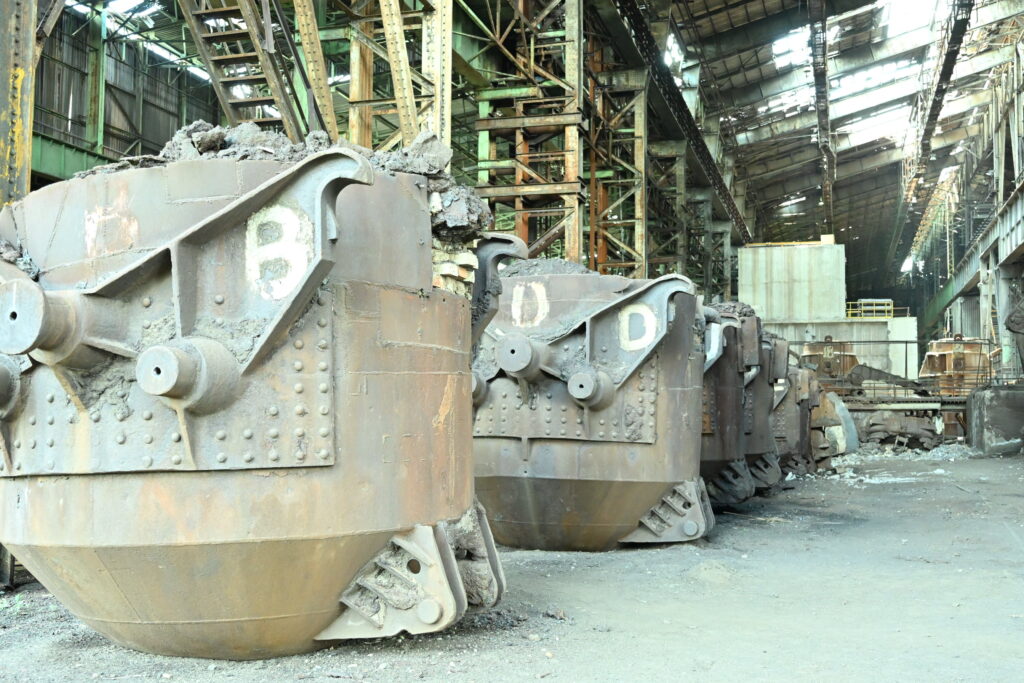
This is another company that employs (or used to employ) thousands of people directly and indirectly. Switched off. The rot that the switching-off produces in the national economy is not ZESA’s problem. How can Zimbabwe advance with such disturbing silo-mentality exhibited by a vital national cog like ZESA?
A lesson from the enemy
Faced with a similar sanctions situation (from 1965 onwards), the Rhodesians adopted a WoN approach which helped the economy to survive and even prosper.
The records show that Britain was the first to impose economic sanctions on Rhodesia following Ian Smith’s Unilateral Declaration of Independence (UDI) in November 1965.
The UN Security Council, prodded by Britain, followed suit and imposed mandatory economic sanctions on Rhodesia in 1966, the first time the UN had taken that action against a country. The sanctions were broadened in 1968 but still were only partly successful as the Rhodesians and their supporters abroad (including South Africa, Portugal and several European countries) worked to defeat the sanctions.
It is a matter of grave concern that Zisco Steel survived under sanctions in Rhodesian hands as the biggest iron and steel producer in the southern hemisphere, but has died under sanctions in African hands. Some might say obsolete machinery is the problem, but as the story on Zisco Steel in this issue shows, the problem goes beyond obsolete machinery. It is heartwarming that under the Second Republic, a rescue operation is being mounted with a US300m private investment to resuscitate the fallen giant of Redcliff.
I can’t end this piece without quoting Rutendo Matinyarare, the founder of Frontline Strat Marketing, who has a very interesting piece on Zisco Steel that everybody must read. You can google it under the headline: “What happened to Africa’s biggest iron smelter?”
Let me quote extracts here for those who can’t google it. Matinyarare starts by dwelling on the virtues of history, another of my pet subjects (see the current issue of our sister magazine, The Third Eye). He writes:
“I find the story of Zisco Steel very fascinating because many Zimbabweans peddle falsehoods about the reason it collapsed, due to the lack of history. And by not understanding the history of Zisco, Zimbabweans miss the opportunity to learn how the Rhodesians built it, the mistakes we made when we took over the company, and thus we risk repeating the same mistakes in the future.
“We need to keep the history and institutional memory of our country alive, to learn about sanctions busting, geopolitics, nation building, and the stakes that we are playing for in the racial war that is at play in this world.
“In this Zisco saga, we will see a contest between the resolute push by whites to maintain their racial dominance by de-industrialising Africa, while on the other side we see blacks worshipping their enemy in the name of reconciliation, to a point of not realising that life is a winner-take-all war of racial dominance, and in this case, the battle ground was the biggest iron and steel producer in the southern hemisphere.
“Through this Zisco case study, I hope to impress upon Zimbabweans that we cannot strategise on how to advance Zimbabwe without serious research, insights, and understanding of the past or history. Every national strategist, economist, accountant, project manager, brand builder, entrepreneur or politician needs lessons learnt from the past (history/experience) as a compass for the future, otherwise they are assured of failure.”
I rest my case.



